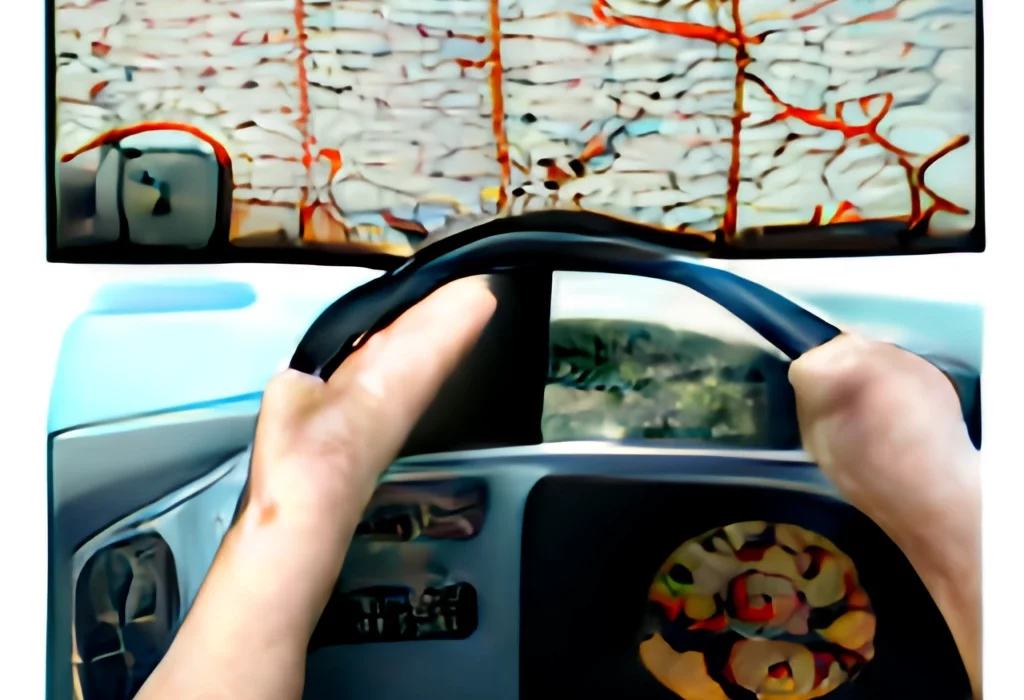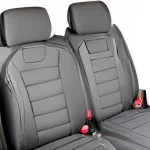Road trips can be an exciting adventure, but navigating the roads can sometimes be a challenge. That’s where road trip maps come in. There are several types of maps to choose from, each with its own advantages and disadvantages. In this post, we’ll explore the most common types of road trip maps, including physical maps, digital maps, and GPS systems. We’ll also take a closer look at the pros and cons of each type, to help you make an informed decision.
Types of Road Trip Maps
Physical Maps Physical maps are the traditional type of map that many of us are familiar with. They’re made of paper and provide a bird’s-eye view of the roads and surrounding areas. Physical maps are often reliable and can be used without any electricity or signal. However, they can be bulky, difficult to read, and may not be updated frequently.
Digital Maps Digital maps are becoming more popular, as they can be accessed through a smartphone or computer. They often provide real-time traffic updates and can offer more details than physical maps. Digital maps are usually free or have low cost and can also be updated regularly. However, they can be less reliable in remote areas or if you don’t have a good internet connection.
GPS Systems GPS systems provide turn-by-turn directions and often have additional features like traffic updates, points of interest, and voice directions. They are convenient and easy to use, but may require a subscription or upfront cost. GPS systems may also have inaccuracies, such as directing you to the wrong location or providing outdated information.
Physical Maps:
-
Pros:
- Can be used without electricity or signal
- Reliable
- Provides a big picture view of the area
-
Cons:
- Bulky
- Difficult to read
- May not be updated frequently
Digital Maps
-
Pros:
- Often free or low cost
- Can be updated regularly
- Provides more details than physical maps
-
Cons:
- Less reliable in remote areas
- May require a good internet connection
- Not always accurate
GPS Systems
-
Pros:
- Provides turn-by-turn directions
- Often has additional features like traffic updates and points of interest
- Convenient and easy to use
-
Cons:
- May require a subscription or upfront cost
- May have inaccuracies
- May direct you to the wrong location
Conclusion:
Choosing the right road trip map depends on your personal preferences and needs. Physical maps may be the best choice for those who want a reliable, offline option. Digital maps may be better for those who want real-time traffic updates and more details. GPS systems may be ideal for those who want a convenient and easy-to-use option, but are willing to pay for it. Ultimately, the choice is yours! We hope this guide has helped you make an informed decision for your next road trip.





